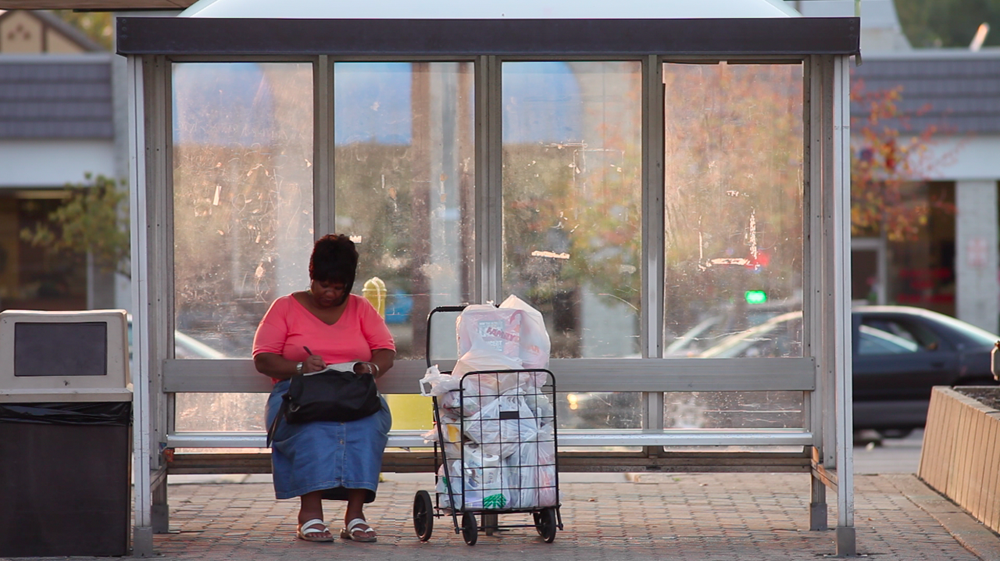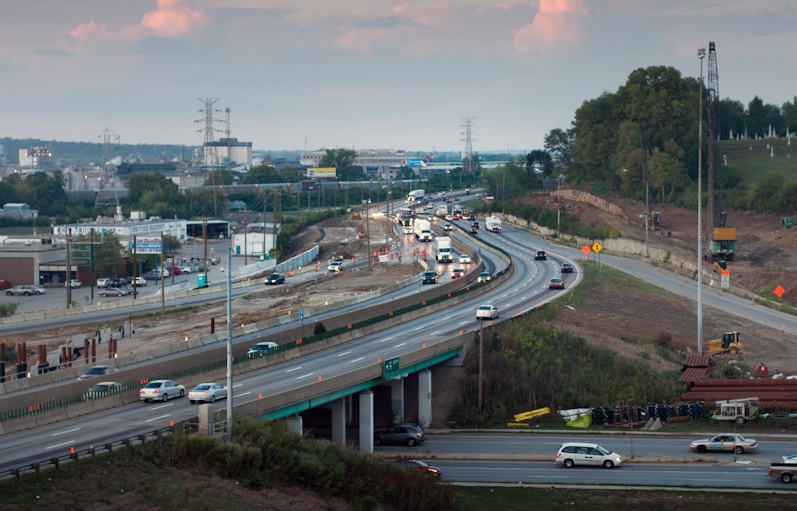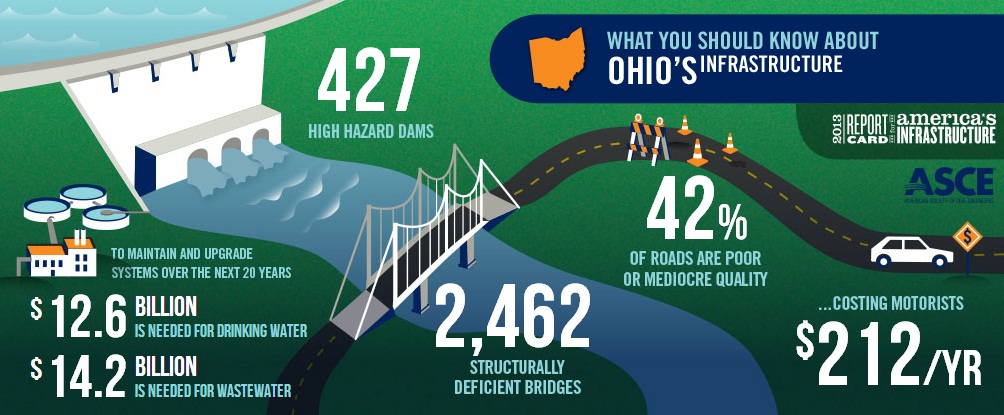Noble Denim Co. started its garment operations in Cincinnati’s Camp Washington neighborhood in 2012. Since starting, the company has experienced growth and is taking a look at how their product manufacturing fits into the region’s economy.
The company operates out of the Anchor Building on Spring Grove Avenue, but much of its current manufacturing takes place in a small town in Tennessee. Noble Denim’s founder and creative director, Chris Sutton, and his colleagues made the decision to contract work out to a textiles company in Milledgeville, Tennessee that, despite employing 150 workers at its height, was on its last limb.
Those behind Noble Denim wanted to contribute to this struggling town in Tennessee and they were happy to bring jobs to this area. As Chris put it, “more jeans mean more jobs for the workers at that factory.” In addition to this, Sutton says that capacity and prior experience was more plentiful in the South.
Expanding beyond solely making jeans, Noble Denim has recently contracted out work to make sweaters in Toronto and work shirts through a mom-and-pop textile company in New York City’s once-bustling Garment District. While enthusiastic about the return of Made in America, Sutton refuses to manufacture in the U.S. out of pure sentiment. Instead, he says his focus is on his products being of the utmost quality.
Sutton says that their two-person operation made 200 pairs of jeans in their first year – almost all of which were sold in the Cincinnati area.
Cincinnati, he says, is important due to its support of new businesses and its budding design industry, which make it the natural fit to be the brains of the Noble Denim operation. The manufacturing, meanwhile, will continue to be pursued elsewhere where there is a stronger history of garment-making and readily available labor.
While Cincinnati’s manufacturing history does not seem well-positioned to take advantage of an American textile boom currently dominated by the South, Massachusetts, New York City and Los Angeles, Cincinnati does seem suited for heavier industries. And Sutton believes that Cincinnati’s manufacturing neighborhoods, and many of those around the nation, can be revived.
Many view the incredible amount of manufacturing space in the city as an untapped asset. But in order to make manufacturing in the U.S. more attractive, Sutton suggests looking across the pond.
In the United Kingdom, for example, the first six months of rent are paid for by the government and there are generally fewer risks when it comes to starting a new business. In the United States, the risks tend to be much higher and business owners are, more or less, left to their own devices in order to survive.
Going forward, Sutton says he hopes to continue to grow Noble Denim, but does not want to sacrifice quality or care along the way. “I would be willing to be the next Levi’s, as long as we could maintain the quality.”
While the reshoring narrative continues from big manufacturers like General Electric, Masterlock or Ford, it is important to remember that a new generation of small businesses and manufacturing entrepreneurs are also making their mark on the American economy. Companies like Noble Denim are helping to revive industrial towns all across the country and take advantage of the many assets that cities like Cincinnati have.
One pair of jeans at a time, Noble Denim is creating good jobs for the middle class.
Anchor Building photographs by Jacob Fessler for UrbanCincy; Noble Denim workshop photographs provided.











